Is your home ready? Ensure your safety with essential storm preparedness measures.
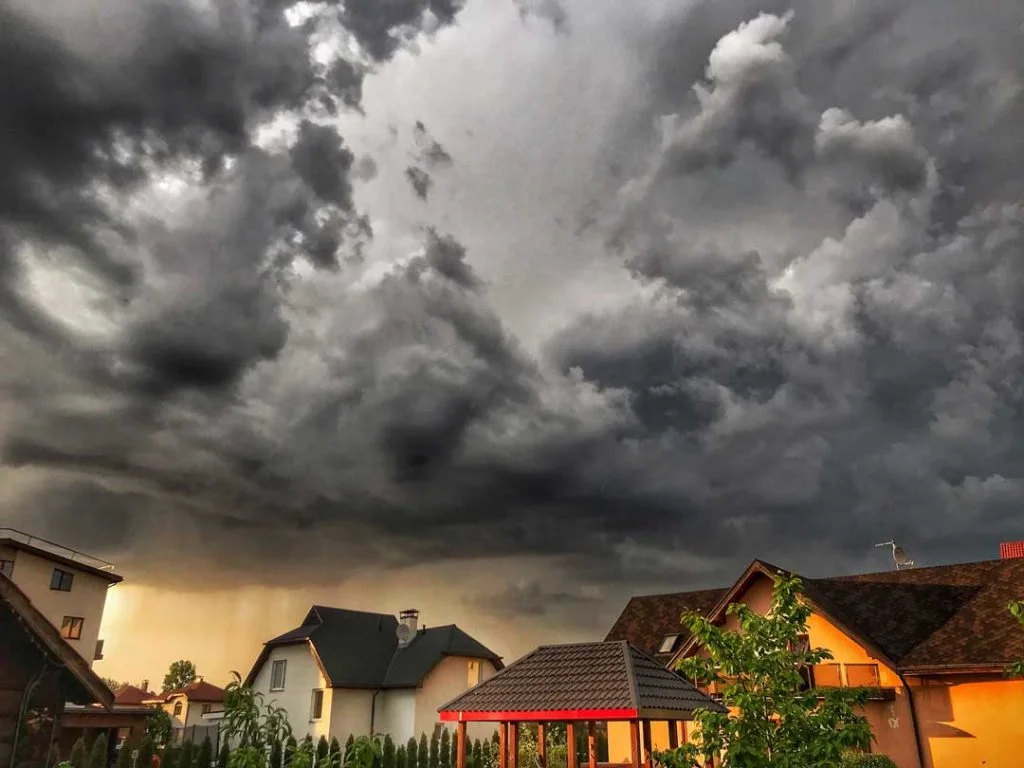
Storm season can feel like an unpredictable guest arriving uninvited. It brings high winds, heavy rain, hail, and the possibility of damage to homes that aren’t ready to weather the elements. If you live in areas like Shelbyville, Tennessee, where the weather can quickly turn calm to severe, preparing your home ahead of time isn’t just a good idea. It’s essential.
Homeowner’s Guide to Storm Preparedness
While some homeowners think about storm preparedness only when bad weather is in the forecast, the truth is that early preparation gives you peace of mind and helps prevent costly repairs later. Shelbyville’s climate, with its mix of hot summers and stormy seasons, makes it important for residents to stay ahead of the game. If you’ve ever faced a leak or structural damage from a passing storm, you know how stressful and expensive it can be. But with the right approach, you can reduce those risks and protect your home and family.
Inspect and Fortify Your Roof
Your roof is your first line of defence against harsh weather. When storms roll in, high winds and heavy rain can put a lot of pressure on them, and even small issues can quickly escalate into bigger problems.
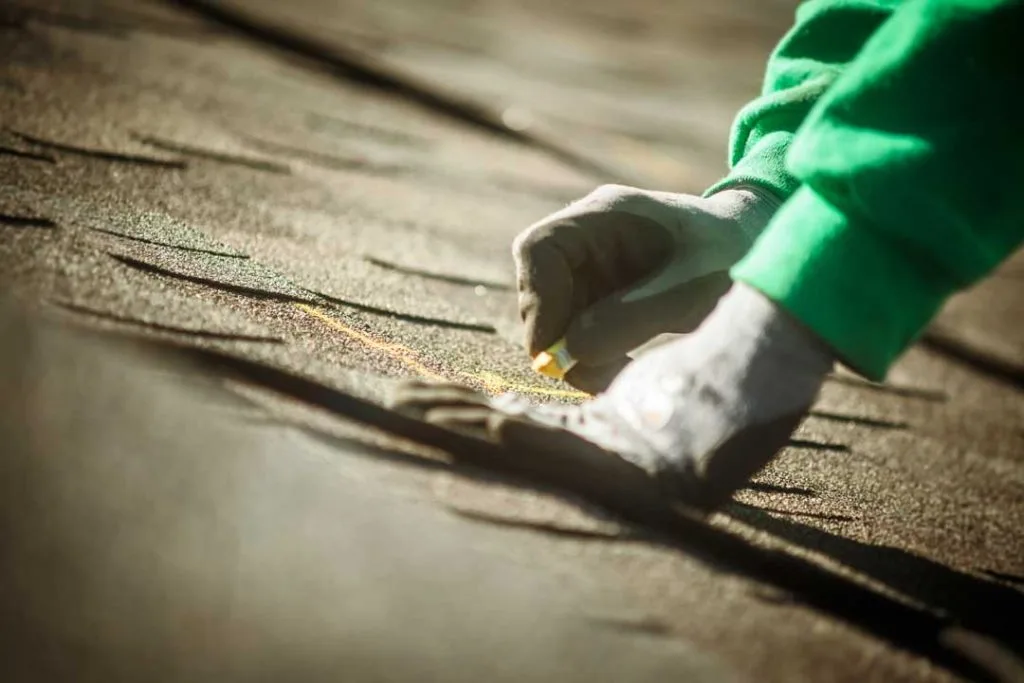
If your roof isn’t in good condition, it’s far more likely to leak, lose shingles, or suffer structural damage. That’s why giving your roof attention before storm season is one of the smartest things you can do.
Working with a trusted Shelbyville roofer ensures your roof is thoroughly inspected and fortified against the elements. Local roofing professionals understand the specific challenges faced by Shelbyville homes, from summer heat to sudden storms. They can identify loose or missing shingles, check for weak spots, and recommend any necessary repairs or reinforcements.
Some may also offer storm-resistant roofing options or upgrades designed to handle the unique weather patterns in the area. Taking care of these issues before the first storm hits means you’ll be ready for whatever nature throws your way.
Secure Windows and Doors
Your windows and doors might not seem like the most vulnerable parts of your home, but they’re often the first to give way under pressure from high winds or flying debris. Once a window breaks or a door blows open, your home is exposed to rain and wind, increasing the risk of internal damage.

To prevent this, check that all windows and doors are properly sealed and securely fastened. Reinforce them if needed. Storm shutters are a great investment if you live in an area prone to severe weather, as they provide an extra layer of protection. For a quick fix, keeping plywood sheets on hand to board up windows before a major storm can also be effective. If your budget allows, consider upgrading to impact-resistant windows and doors, which are designed to withstand storm conditions and can provide long-term peace of mind.
Clear Gutters and Downspouts
Gutters and downspouts may seem like minor components of your home, but they play a vital role in storm protection. Their job is to channel water away from your roof and foundation, preventing leaks and structural damage.
When they’re clogged with leaves, twigs, or debris, they can’t do their job effectively. Water can overflow, pooling on your roof or around your home’s foundation, which increases the risk of damage.
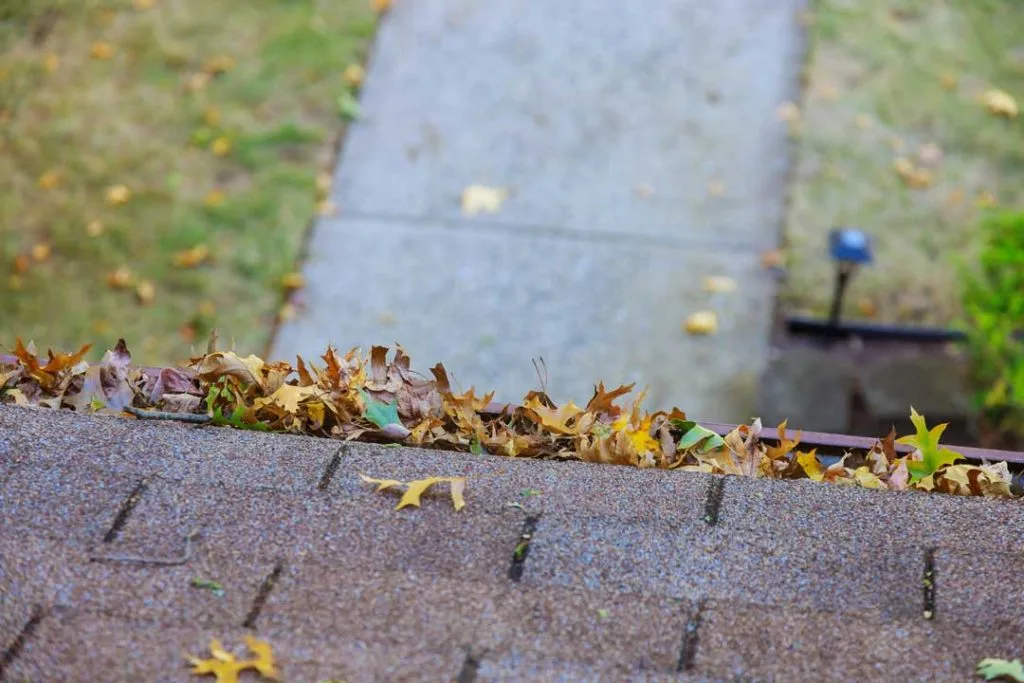
Make it a priority to clear out your gutters and downspouts regularly, especially before the storm season begins. It ensures that rainwater flows away from your home as intended. While you’re at it, check that the downspouts direct water at least a few feet away from the foundation to prevent any pooling that could lead to basement leaks or foundation issues.
Trim Trees and Secure Outdoor Items
Flying debris is one of the most common causes of damage during storms. Overhanging tree branches, outdoor furniture, and garden decorations can quickly become dangerous projectiles when strong winds hit. These items can break windows, damage siding, or even cause injury.
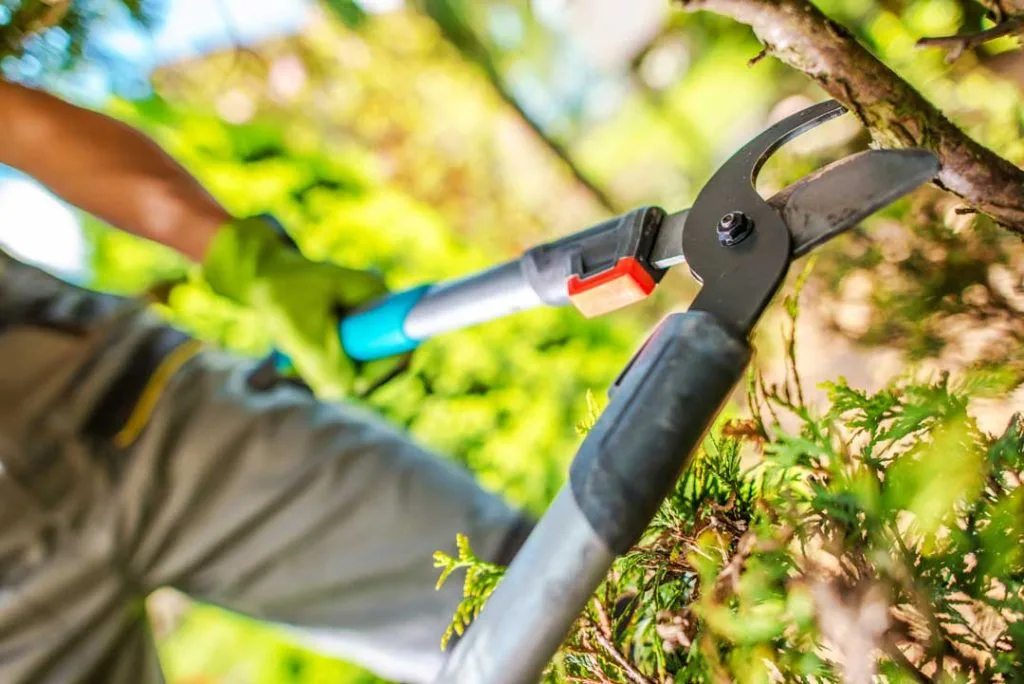
Take time to inspect your yard before storm season. Trim back any tree branches that hang too close to your home or power lines. Remove any dead or weak limbs that could snap off in high winds. Secure or store outdoor items like patio furniture, grills, or garden tools. Even small objects can cause significant damage when hurled by a strong gust of wind.
Check Your Home’s Drainage System
Proper drainage is another key element in protecting your home during storm season. Heavy rain can overwhelm poorly designed or clogged drainage systems, leading to water pooling around your home’s foundation. It can result in flooding, foundation cracks, or other costly water damage.
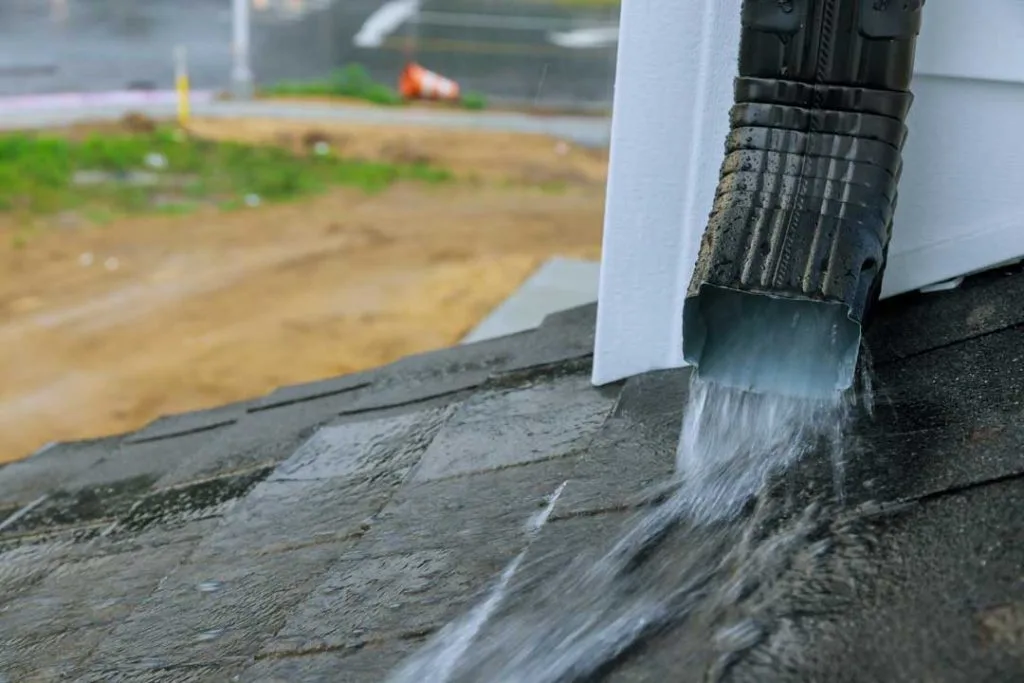
Walk around your home and inspect the grading of the land. The ground should slope away from your home to ensure that rainwater flows away from the foundation.
If you notice low spots where water collects, fill them in or consider installing additional drainage solutions, such as French drains. Also, check any sump pumps or drainage systems you may have to ensure they’re working properly before storms hit.
Prepare an Emergency Kit and Evacuation Plan
While preparing your home is essential, preparing yourself and your family for emergencies is just as important. Having an emergency kit on hand ensures that you have what you need if a storm knocks out power or forces you to evacuate. Your kit should include essentials like bottled water, non-perishable food, a flashlight, extra batteries, medications, important documents, and a first-aid kit.

In addition to supplies, make sure your family has a clear evacuation plan. Know your local evacuation routes, and communicate the plan with everyone in your household. Practice it if necessary so everyone knows what to do in case of a sudden emergency.
Ultimate Storm Preparedness Checklist
Preparing your home for storm season doesn’t have to be overwhelming, but it does require some planning. Start with your roof; ensure it’s strong enough to handle whatever comes your way. Then, move on to securing your windows and doors, clearing gutters, trimming trees, and checking drainage. These steps will help protect your home and provide peace of mind when storm season arrives.
Lastly, don’t forget to prepare yourself and your family. A well-stocked emergency kit and a clear evacuation plan ensure that you’re ready for any scenario. With a little preparation now, you can face storm season confidently, knowing that you’ve done everything possible to keep your home and loved ones safe.

Jessi is the creative mind behind The Coffee Mom, a popular blog that combines parenting advice, travel tips, and a love for all things Disney. As a trusted Disney influencer and passionate storyteller, Jessi’s authentic insights and relatable content resonate with readers worldwide.
